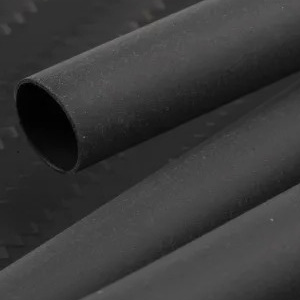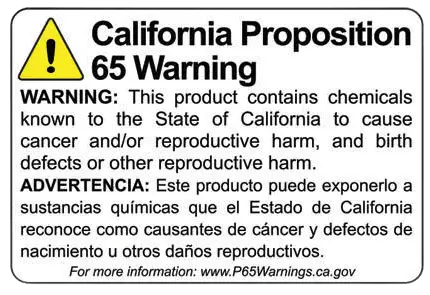 In demanding environments, whether out on the road, deep in the ocean, or inside industrial machinery, electrical systems must withstand more than just electricity. They’re exposed to water, dirt, oil, chemicals, extreme temperatures, and constant movement. That’s where heat-shrink environmental sealing plays a crucial role. This specialized application of heat-shrink tubing creates a rugged, sealed barrier that protects wiring and electrical connections from damaging external conditions.
In demanding environments, whether out on the road, deep in the ocean, or inside industrial machinery, electrical systems must withstand more than just electricity. They’re exposed to water, dirt, oil, chemicals, extreme temperatures, and constant movement. That’s where heat-shrink environmental sealing plays a crucial role. This specialized application of heat-shrink tubing creates a rugged, sealed barrier that protects wiring and electrical connections from damaging external conditions.
In this article, we’ll break down what heat-shrink environmental sealing is, how it works, and why it’s one of the most dependable solutions for safeguarding your electrical infrastructure.
What Is Heat-Shrink Environmental Sealing?
Environmental sealing with heat-shrink tubing involves using specially designed tubing, often dual-wall tubing with a heat-activated adhesive lining, to create a tight, sealed enclosure around wires, connectors, or splices. When heat is applied, the outer tubing contracts while the inner adhesive melts and flows into the gaps, forming a watertight, chemical-resistant seal that bonds to both the cable and insulation.
This sealing method is widely used in critical applications such as marine electronics, automotive harnesses, outdoor installations, and military-grade equipment where durability and resistance to external elements are essential.
How Heat-Shrink Tubing Creates an Environmental Seal
The key to effective environmental sealing lies in the dual-wall construction of the heat-shrink tubing:
-
Outer Layer (Heat-Shrinkable Jacket): Made from durable materials like polyolefin or fluoropolymer, this outer layer shrinks uniformly when heated, clamping tightly around the cable or splice.
-
Inner Layer (Adhesive Liner): A thermoplastic adhesive inside the tubing melts during heating and fills voids, gaps, or irregularities, forming a cohesive seal that blocks moisture and contaminants.
Once cooled, the result is a secure, long-lasting barrier that resists moisture, dust, oil, corrosion, and even UV exposure.
Benefits of Heat-Shrink Environmental Sealing
1. Moisture Resistance
Water and condensation are among the most common causes of electrical failure. Heat-shrink environmental sealing provides a moisture-proof enclosure, making it ideal for outdoor and marine applications. This is especially useful for underground cables, trailer wiring, and exposed terminals.
2. Protection from Dirt, Dust, and Debris
Unsealed electrical connections are prone to contamination from airborne dust or fine debris, which can lead to performance degradation or short circuits. The tight-fitting seal prevents even the smallest particles from infiltrating the connection.
3. Chemical and Oil Resistance
In automotive, aerospace, and industrial environments, wires are frequently exposed to oils, fuels, and solvents. High-quality heat-shrink tubing is engineered to resist these corrosive elements, preserving wire integrity and preventing chemical-related damage.
4. Corrosion Prevention
Moisture and oxygen exposure lead to oxidation and corrosion, especially at exposed metal junctions. Heat-shrink environmental sealing insulates these sensitive points, reducing the risk of corrosion-related failures over time.
5. Extended Equipment Lifespan
By guarding against external hazards, environmental sealing contributes to the longevity of your electrical systems. It lowers maintenance frequency, reduces downtime, and helps avoid costly replacements due to preventable environmental damage.
Heat-shrink environmental sealing is more than a protective layer—it’s a long-term solution for safeguarding the integrity of electrical systems in the harshest conditions. Whether you’re wiring a boat, repairing an outdoor light fixture, or building a rugged harness for industrial machinery, dual-wall heat-shrink tubing provides peace of mind by locking out the elements and locking in performance.
For professionals and DIYers alike, investing in high-quality heat-shrink sealing solutions means fewer repairs, longer wire life, and safer electrical systems—no matter where they’re installed.

